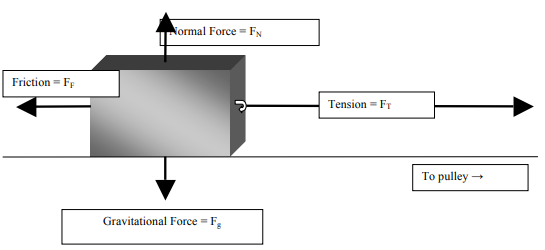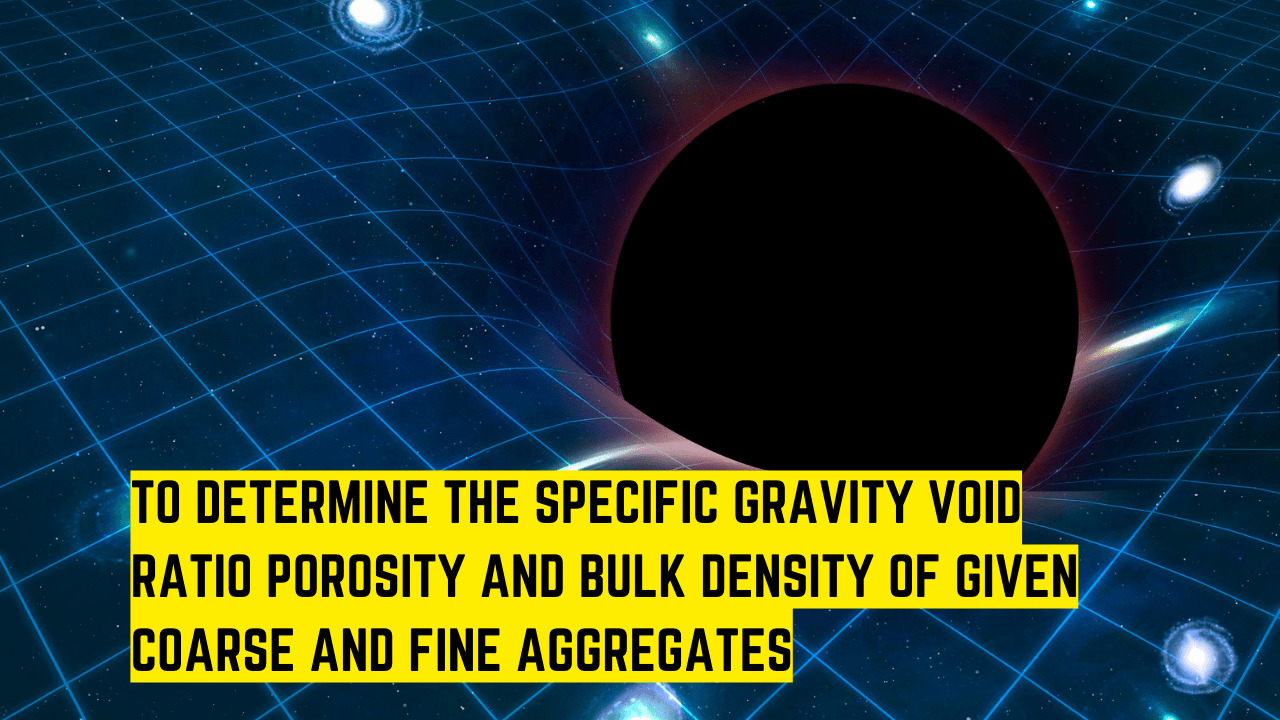Table of Contents
Introduction:
This experiment is established on the certification of laws adopted for friction. The roughness observed on any type of material is built on the two types i.e. Static & kinetic friction. These are defined in progression of the coefficients analyzed for both. The procedure of block is usually adopted for the static fortitude of friction whereas the kinetic are defined by using two surfaces for the purpose .
Related theory:
The theoretical part is separated into 2 parts over here:
- Static-friction
- Kinetic-friction
Static friction:
The static friction coefficient Is established experimentally by using a flat plane surface placed with an object on it being dragged by an external force of FN. The relationship is later derived when the applied force tends to slide the block.

The force acting on the object normally and the weight of the object both are acting at opposite directions however being equal in weight to help in dragging course of block.
The force of friction FF is made equal to FN to determine coefficient of friction .
Kinetically produced friction:
The Kinetically produced friction for the given setup is to be evaluated by the usage of the same method as adopted above i.e. For the determination of static coefficient. FBD adopted is almost same that for static method. Force now acting on the body is applied such that they both counter each other i.e. Tensional and the forces of friction.
These now combined such as supposed to slip the object with a speed being constant and an acceleration being zero. This experiment is in accordance to the first and second motional laws. This combination adopted for the experimentation is two set of materials same as those adopted for the determination of static and kinetic as the values are determined through their comparison And .
The pulley adopted for this experiment gives the rotational velocity and acceleration which are compared to the linear velocity and acceleration. A computer-based setup is however installed on this pulley for the determination of the properties of friction. The pulley spokes over here act as a switch to be on/off. The pulley radius is kept in the ratio of 1:0.0254 m.
Apparatus:
The apparatus used for this experiment is as follows:
- A flat plane of wooden surface
- A large block made of steel
- A set of hanging masses
- A pulley
- The alternative surfaces that can be adopted are either plastic or wooden surfaces.
Procedure:
Static frictional determination:
- We can adopt a different combination of materials for this such as wood to steel, wood to plastic. Wood to wood, wood to Velcro. The block materials are marked before.
- The block is placed on the flat surface with an application of progressive loading of masses on it until the object starts to slide.
- The applied mass and the type of block is noted .
- The above method is repeated for at least two set of materials along with the determination of the mass of the hanger.
Kinetic frictional determination:
- The sample block is placed on the plane along with the increment of the same amount of loading as applied before.
- The data recording is to be started now after the load application by the buttocks.
- If the values are not determined or observed change the direction of loading.
- This is later stopped by the major points being highlighted.
- It is repeated by removing 10 grams of the sample.
- This is used to minimize the load amount and determine the acceleration produced so far at the minimum value.
Observations:
The type of block = ——–
The weight of the block (kg) = ——–
The force (normal) (N) = ——–
| Obs. # | Hanging mass (Kg) | Coefficient of static friction, |
| A. | ——– | ——– |
| B. | ——– | ——– |
| C. | ——– | ——– |
Same table is adopted for the evaluation of the kinetic frictional coefficient. The disparity is just the amounts obtained for both the cases determined through analytical determination.
| Obs. # | Hanging mass (Kg) | Coefficient of kinetic friction, |
| A. | ——– | ——– |
| B. | ——– | ——– |
| C. | ——– | ——– |
Comments:
The findings are reported by comparing the values achieved from the trials that are the outcome of the mean of the assessed average answers. Data obtained is later contrasted with the standard specifications of the coefficients.
Precautions:
The precautionary methods adopted for this test are as follows:
- Surface intended for the experimentation must be clean.
- Items adopted for this should be properly observed based on the models specifications.
- Type of material is to be decided beforehand.
- Masses used in the experimentation should be precisely established.
- Slipping of the model is brought out under keen observation.
- Surroundings must be clean enough to avoid any hurdle for the friction.





